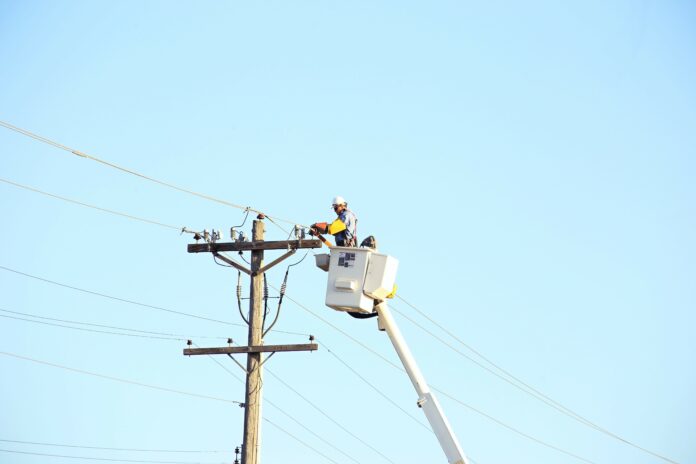Today marks the end of Pacific Gas and Electric Company’s second bankruptcy in two decades.
After 16 months of legal wrangling in bankruptcy court, lobbying politicians, and pledging various reforms, Governor Gavin Newsom and other necessary bodies formally allowed the massive utility to exit Chapter 11 bankruptcy.
Although it didn’t always look likely, the exit comes right on schedule based on a timeline laid out in state Assembly Bill 1054, legislation which lawmakers passed in a big hurry last summer.
Last fall, after the Kincade Fire and widespread power shutoffs, the exit might have been a huge story in the North Bay.
(Remember when Santa Rosa’s Shady Oak Barrel House apologized for selling its F*ck PG&E IPA? Simpler times.)
Instead, with the world in shambles, PG&E’s reentry into the world feels almost inevitable.
Still, despite rosy press statements from the Governor and PG&E, many questions remain in the months and years to come.
Has the utility changed enough in the last year to avoid starting another disastrous wildfire?
Nobody knows for sure, but it definitely has lots of maintenance work to complete. At the very least, the company is likely to continue using Public Safety Power Shutoffs to minimize the risk of fires for at least a few years.
Will wildfire victims be compensated fairly and quickly?
Under the approved plan, PG&E will pay a $5.4 billion cash payment on July 1, at least two cash installments in 2021 and 2022, and PG&E stocks to be doled out by the Fire Victim Trust, according to a PG&E statement.
It’s worth noting that many fire victims became increasingly critical of the deal on the table as the June 30 deadline approached.
Critics of the deal felt that fire victims—who were the last in line to negotiate a deal and the only group to be offered some stock options rather than all cash—were put in a tough position.
It was as if to say “Approve this deal or no one gets any money and it’s all your fault.”
To make matters worse, hundreds of fire survivors said that they did not receive information about the vote in time. Ultimately, the court accepted the original count—with over 85 percent of survivors voting in favor, according to PG&E—and the deal sailed through.
What happens if things go poorly and PG&E goes bust again?
Lawmakers now have a plan for that.
On Tuesday, Newsom signed Senate Bill 350. The bill, which was written by Senator Jerry Hill and co-authored by North Bay Senators Bill Dodd and Mike McGuire, lays out a Plan B if PG&E stumbles again by, for instance, starting another deadly fire.
The bill prepares the state to create Golden State Energy, a nonprofit which could take over PG&E through eminent domain if the California Public Utilities Commission (CPUC), the state’s energy regulator, revokes PG&E’s permission to operate as the result of a future CPUC investigation.
“California must have a backstop in place to protect ratepayers and our state if PG&E does not meet the strict requirements for emerging from bankruptcy and for becoming a safe, reliable and sustainable energy provider,” Hill said in a statement released yesterday.
Will anyone trust PG&E again?
As Mark Toney, executive director of The Utility Reform Network consumer group told the San Francisco Chronicle earlier this week: “There’s no trust. Trust has to be earned. They’ve got a long way to go.”











